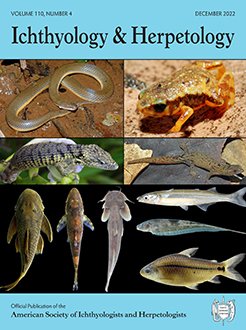The resolution of phylogenetic relationships within rapid radiations poses a significant challenge in systematic biology. However, the integration of genome-scale DNA data with multispecies coalescent-based tree inference methods offers a strategy to resolve historically recalcitrant nodes within radiations of closely related species. Here, we analyze a dataset of over 60,000 loci captured via double digest restriction site-associated DNA sequencing (ddRADseq) using both concatenation- and coalescent-based approaches to infer the phylogenetic relationships of the Antarctic notothenioid lineage Artedidraconinae. Previous studies identify artedidraconines as the most rapidly diversifying subclade of notothenioids, but evolutionary studies of the clade are stymied by pervasive phylogenetic and taxonomic uncertainty. The results of our phylogenomic analyses provide clarity to several long-standing challenges in the systematics of artedidraconines, including the deep paraphyly of Artedidraco. Our findings enable the construction of a classification that reflects phylogenetic relationships, including the description of a new genus and the resurrection of a classification of Notothenioidei that places Artedidraconinae as a subfamily of Harpagiferidae. This work provides a phylogenetic perspective for investigations of the tempo and mode of diversification in artedidraconines, which is likely to provide new insights on the dynamics of the notothenioid adaptive radiation as a whole.
How to translate text using browser tools
3 November 2022
Phylogeny Reconciles Classification in Antarctic Plunderfishes
Elyse Parker,
Thomas J. Near





